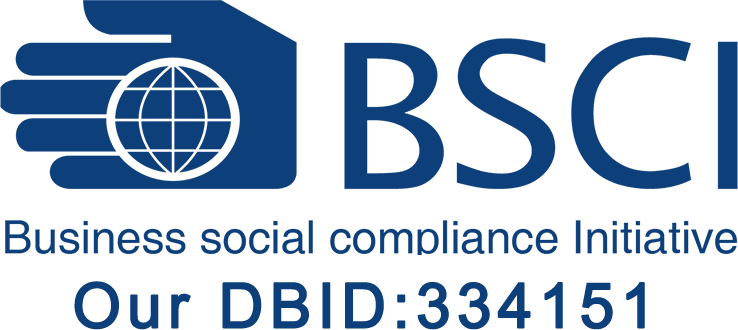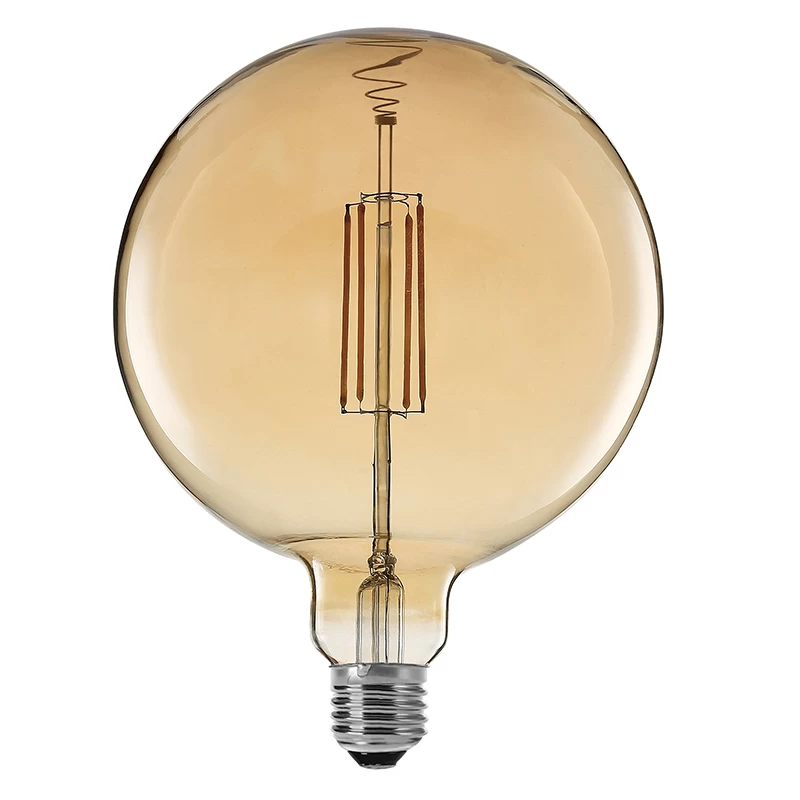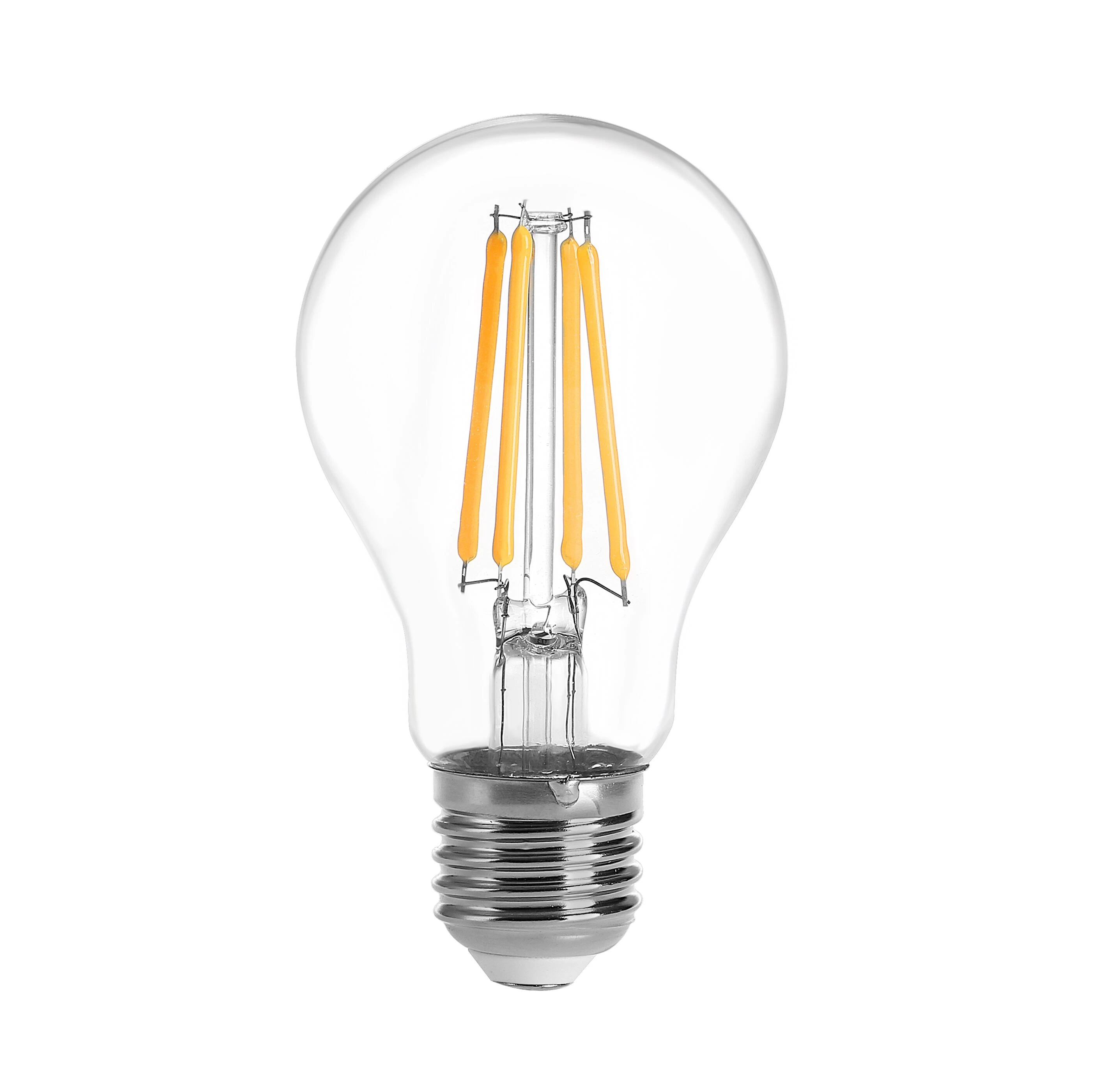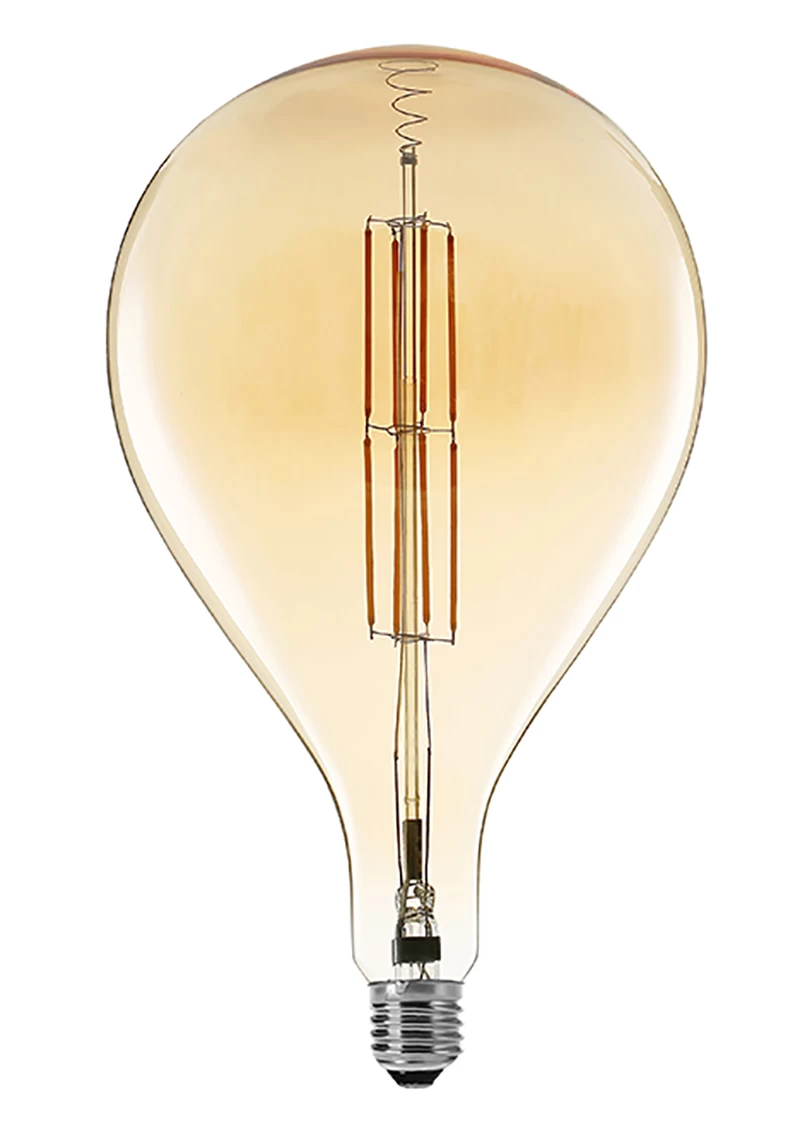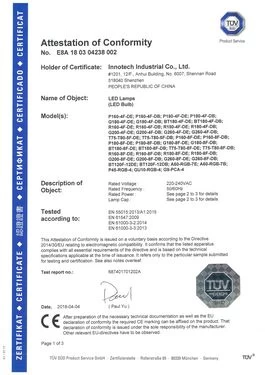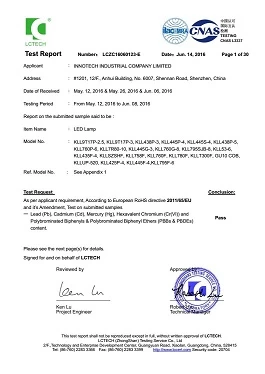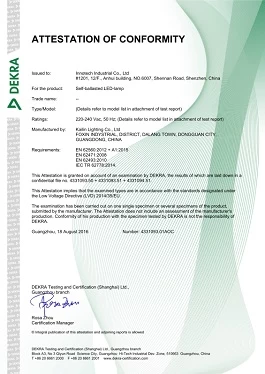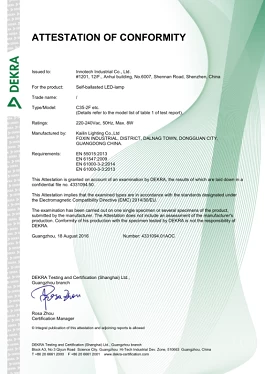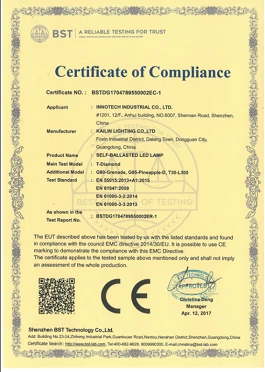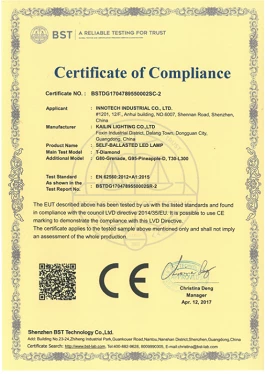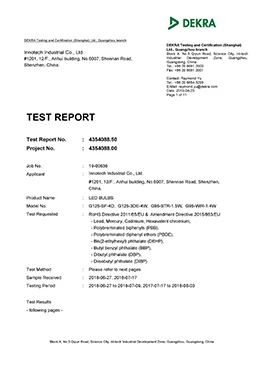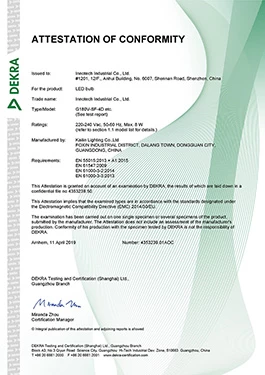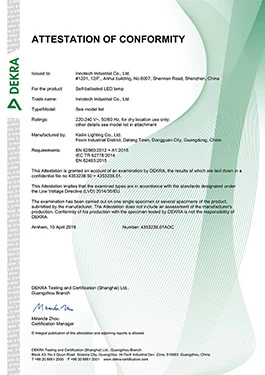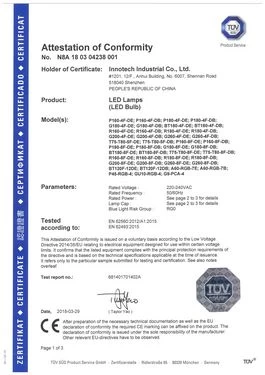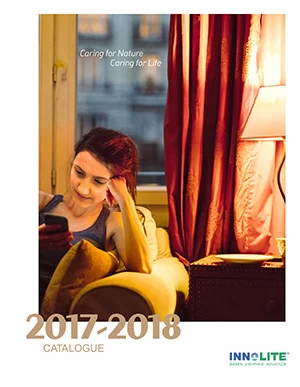Luminescent Nanocrystals BAM Develops Methods for Quantitative Measurements
Tiny luminescent particles are used in more and more products today: from smartphones to OLED televisions to car headlights. For industry, exact knowledge of the luminescence efficiency is crucial. The Bundesanstalt für Materialforschung und -prüfung (BAM) is developing reliable measurement methods for this purpose, thus closing an important gap in standardization.

Luminescent materials are finding more and more applications in daily life: They are used in medical technology in diagnostic procedures, in photovoltaics, in security codes on banknotes, in the displays of LED or OLED televisions, smartphones or e-book readers and in lighting technology.
The trend here is from particles in the micrometer range to those with nanometer sizes, which have particularly advantageous scattering properties and can show a high luminescence yield.
The decisive factor for all applications of these materials is the efficiency of their photoluminescence, in short: their luminescence efficiency. This quantity presents a direct measure of the number of light quanta or photons that the particles emit compared to those they absorb. This is also referred to as the luminescence quantum yield.
This key parameter determines the brightness of the substances. It is therefore a decisive indicator for companies that manufacture or use such materials for evaluating and comparing the quality, performance and suitability of different luminous particles.
However, to date there is only one international standard for determining the quantum yield, which depends on many external factors such as temperature or the surrounding medium. This covers only transparent (non-scattering) samples that are comparatively easy to measure. More complicated measurements of scattering particles are not covered. But particularly these materials are increasingly relevant for industrial applications.
This imposes increasing problems for companies that produce luminescent functional materials such as typical phosphors and so-called converter materials or use them in the field of lighting and display technology. They need reliable methods for determining the quantum yield for quality and product control. Developing these methods by themselves would be too tedious even for large companies.
BAM whose mandate includes the promotion of German industry, has been studying luminescent materials for many years, developing reference methods and materials for the life and material sciences and providing reference data. Now BAM is launching a joint project that is intended to bring scientific results quickly into standardization and thus into application. The project is financed by the Federal Ministry of Economics within the framework of the funding programme "Knowledge and Technology Transfer through Patents and Standards".
In cooperation with Schott AG, which has been producing optical materials for more than 100 years, BAM will develop reliable methods for determining the quantum yield of scattering luminescent particles and materials. Special focus is laid on materials of particular economic interest: Novel converter materials which, for example, when combined with blue laser and LED light, give car headlights a yellow glow more comfortable for humans. These materials are in high demand in the industry for many different applications.
Schott AG will provide luminescent materials directly from the application and, together with BAM, will develop measurement procedures suitable for industrial process control. These measurement procedures will be eventually standardized and timely transferred to international standardization.
"With this joint project we want to close an important gap in order to strengthen the market position of German companies in this field in the medium term," says Ute Resch-Genger from BAM, who is leading the project.

 +
+